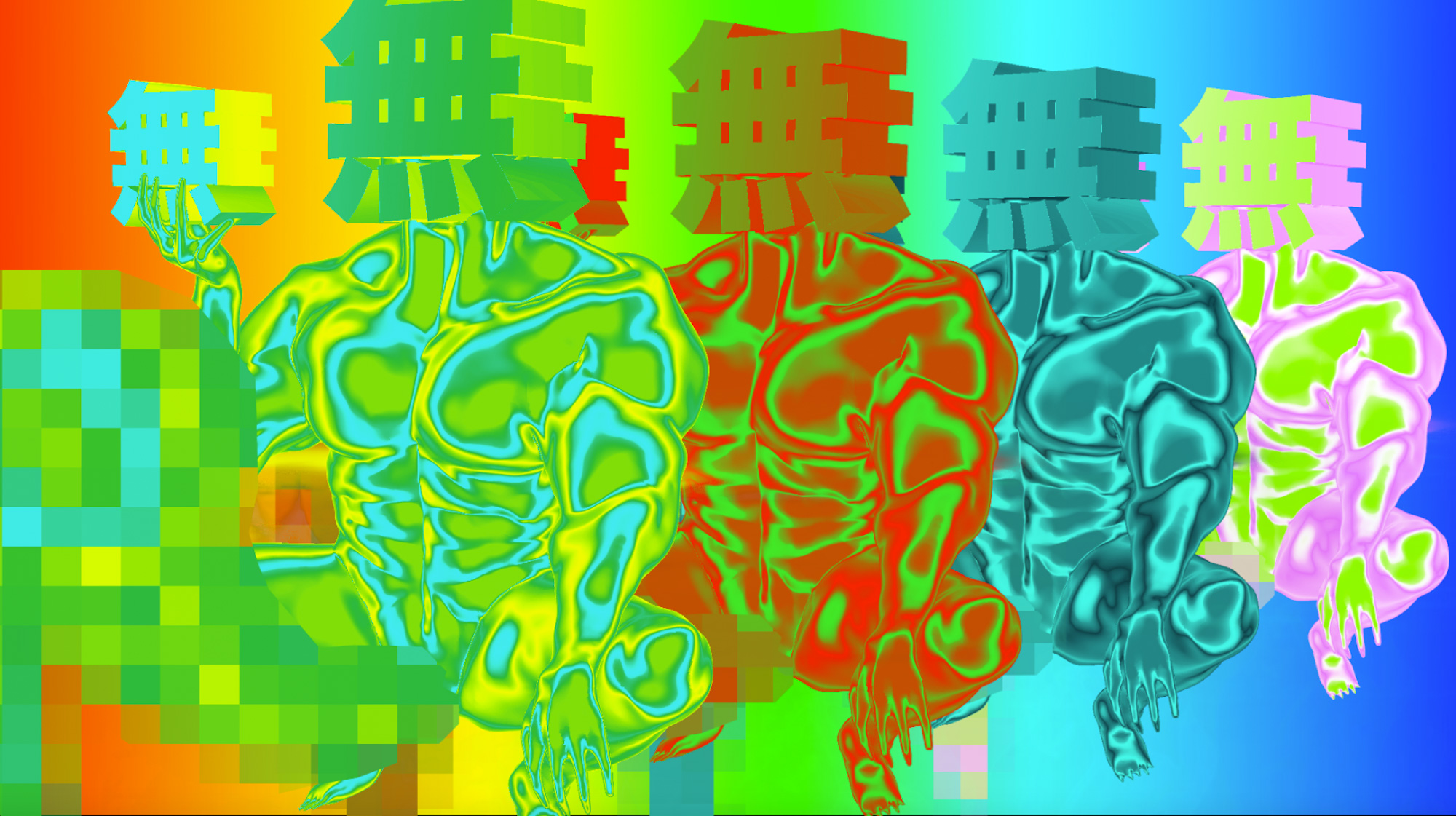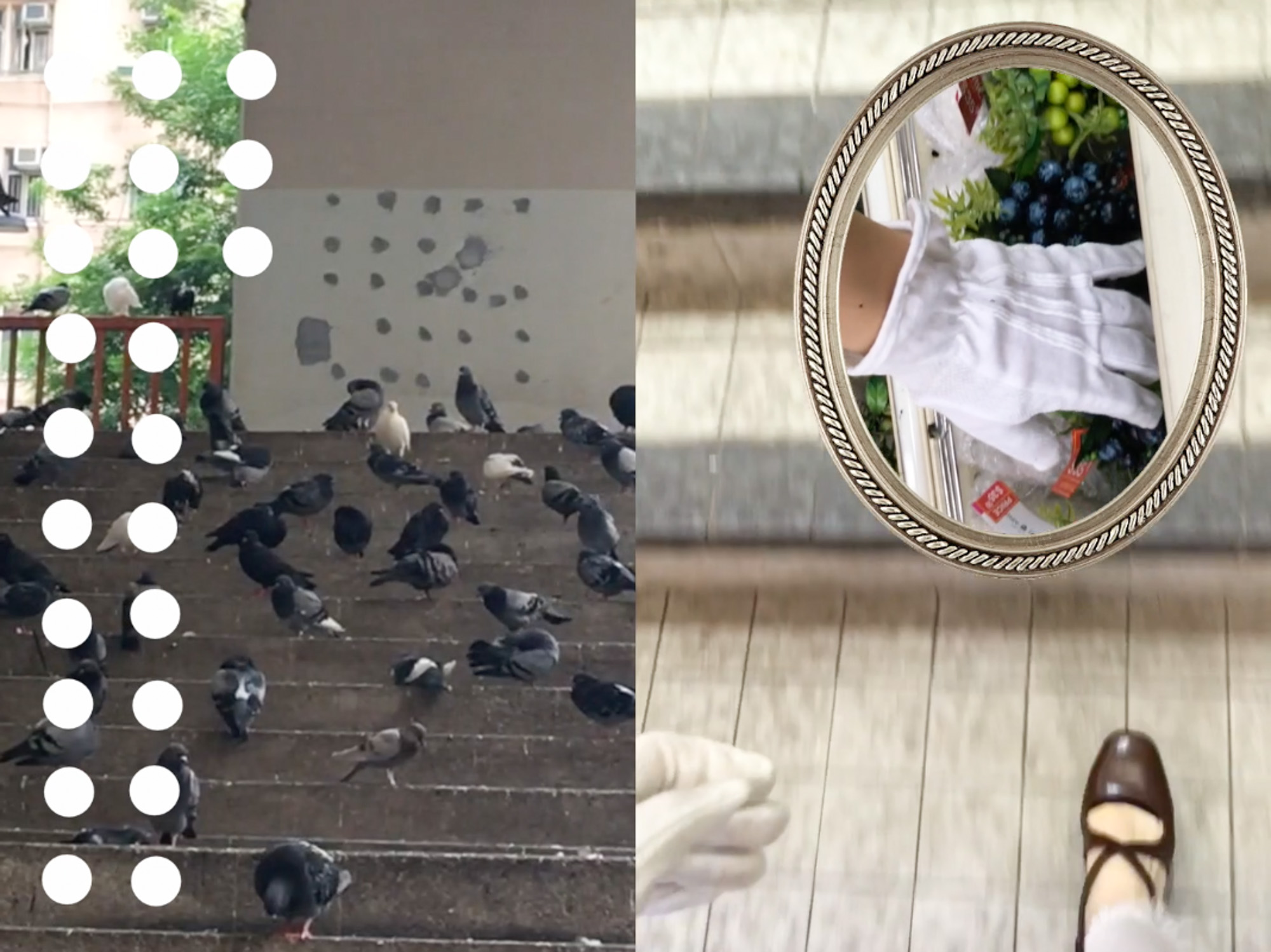Ideas
“Urban Horror” in the Covid-19-Era Imagination




A time of economic standstill and drastically altered social patterns, the Covid-19 era has elicited unusual sights and sensations. How can we put words to these unfamiliar feelings, and how are artists expressing them? In the book Urban Horror: Neoliberal Post-Socialism and the Limits of Visibility, East Asian Studies and comparative literature scholar Erin Y. Huang theorizes the term “urban horror” to describe affects that we cannot put a name to, such as inexplicable experiences of dread, disorientation, ambivalence, and invisibility. Huang argues that these emotions are symptomatic of economic, cultural, and political conditions of China in the age of what she calls “neo-liberal post-socialism,” a broad term that approaches China as a de-territorialized “nexus” of constantly mutating desires centered around limitless, borderless economic growth, read against the latent historical and cultural effects of the country’s socialist rule. Huang’s notion of urban horror does not refer to the gore and shock of the typical commercial horror movie, but a more diffuse emergent anxiety that arises from our inability to fully grasp the overwhelmingly complex systems of a globalized economy. Urban horror is a gap in cognition, in which our perceived interiority is at odds with an overly complex external world. As Covid-19 has made our world even more indecipherable, new gaps have opened up, and the tensions between interiors and exteriors are further pronounced. Chen Pin Tao and Suze Chan are two Hong Kong artists who explore such fissures in their latest video works.
Featured in New Art Fest 2020’s online exhibition “Bit Street Hong Kong,” Chen Pin Tao and Suze Chan’s respective 30-second films Baptizing the Capitalist Pigs by the Clear Water Bay and What is it that makes the days different? (both 2020) shed new light particularly on Huang’s analysis of urban horror in Hong Kong, as depicted in the films of local filmmaker Fruit Chan. For Huang, urban horror expresses the Special Administrative Region’s uniquely precarious existence as a post-socialist “zone of exception,” a term referring to Hong Kong’s position as a site for maximum foreign investment and unfettered capitalist development that remains politically constrained by the Chinese Communist Party. Hong Kong endures an “indefinite condition of accumulation by dispossession,” in which citizens must find ways to assert their existence and their democratic aspirations while being constantly dispossessed of capital, cultural, and political agency by a select local elite and foreign national powers. In Fruit Chan’s films, this existential anxiety plays out as the unstable relationship between the city and the human body, as both act as sites of tension between action/inaction, embodiment/disembodiment, and interior/exterior. In turn, the body acts as a “torsion of interiorities and exteriorities” that weathers the constant risk of dispossession, but can also act as a site of resistance toward a predatory global system, in which we cannot hope for clear understanding of our past or future. According to Huang, creators like Fruit Chan anticipate ways to survive and resist in the perpetually ambiguous, precarious present.
For example, Fruit Chan’s local box-office hit The Midnight After, released just months before the 2014 Umbrella Movement, was a potential rehearsal of the feelings and actions replicated in the actual protests. In the film, a rag-tag group of Hong Kongers, the last survivors of a mysterious disaster, navigate the abandoned, post-apocalyptic urban space. Arming themselves with homemade protective gear (including umbrellas, goggles, and masks, now staples in local protests), these characters invoke a pitiful yet inspiring collective presence when rallied. During a worldwide pandemic, however, our imagining of bodies as assemblages must change, as large groups are public health hazards. Chen Pin Tao and Suze Chan approach the body from a Covid-19-era viewpoint, as their works play within the conditions of the body’s current estrangement from its usual orientations. Like Huang, Chen and Chan conceive of the human body as a constantly renegotiated interface, but emphasize its limitations even when considering its capabilities for resistance.
In Baptizing the Capitalist Pigs by the Clear Water Bay, Chen cynically imagines the human race’s imminent extinction. The video takes place on a cartoon campsite located on a flat plane rotating in cosmic space, where the protagonist, the naked, sex-crazed God of Mo (無, Cantonese for “nothing”), rapes generic, stock-image-sourced cartoon people and their pets with his enormous phallus. Chen reduces the endlessly complex processes of capitalist exploitation into a repetitive series of crude cartoon rape scenes. Compounding the horror of these nonsensical sequences, the animation also pointedly triggers Covid-19-related bodily sensitivities. The God of Mo possesses a muscular body rendered in the lewd yellow-orange-red gradient of thermal-scanning imagery, which health officials use to detect fevers. He bears the character 無 as a head and also carries it in one hand. His brawny, fever-hued form evokes a Covid-19-ridden body that replicates itself by spreading “nothing” rather than virus. Once the god’s phallus “baptizes" the people or animals, their heads are supplanted with the mo character and they become “nothing.” Although this world is a clearly fake, abysmally flat simulation, witnessing repeated assault is nevertheless disturbing.

Chen Pin Tao’s disempowering characterization of the body as a reproductive site for nothingness contrasts with the empowering logic of collectivism in Fruit Chan’s films. The works are linked, however, as both creators recognize the body as sites of domination and resistance, but respectively emphasize one over the other. They select modes of embodiment that reveal how bodies and their environments are rendered reproducible, which for Huang reveals the extent to which our imaginations have been shaped by neoliberal economic expansionism and the remnant aspirations of the Marxist urban-industrial imaginary. In Chen’s work, urban horror, as elicited by the inconceivable gap between a complicated capitalist system and its simplified depiction conflating it with unimaginable sexual excess and the nullification of bodies, is exacerbated by our fear regarding the vulnerability of our own bodies during a pandemic. Together, these sentiments color Chen’s turn toward cartoonized abstraction in order to depict the human’s exploited existence under the capitalist system. To Chen, our reality is so incomprehensible that he must turn to formulaic simulation in order to depict it. At the same time, the video title compares this process to “baptism,” suggesting that spiritual purification may follow recognition of our existing state.
While Chen condemns both the body and capitalist imagination to a future of nothingness, Suze Chan’s work proposes an internal re-ordering of the human sensorium. In her split-screen video, the left screen shows a flock of evenly spaced pigeons, as if they are social distancing. On the right, Chan wanders about department and grocery stores, feeling products with gloved hands, in a parody of online ASMR/haptic touching videos but with Covid-19 safety precautions that invokes the urban horror brought on by the disorienting new reality of the pandemic. While Huang describes urban horror as a sensory communicative channel, Chan shows how horror is also produced when these channels are blocked or thwarted. In attempts to retain the sensory experiences of her previous existence within a crowded city, she strokes and grasps public goods to obtain a sense of connection with strangers. Ultimately limited to feeling the inside of her own glove, she heightens her feelings of personal isolation, while also calling attention to the loss of haptic touch. The untouched groceries and empty public spaces, markers of a city without inhabitants, emit a haunting presence that invoke the cycles of dispossession and repossession that color Hong Kong’s unstable existence.

In response to the loss of touch, Chan proposes sound and sight as sensory substitutes, pairing the visuals of her gloved haptic interactions with the white-noise hum of the exhaust fan in her own bathroom. Through sound, Chan situates the viewer not only within a domestic interior, but within the interiority of the mind, reminding us that the cognitive gaps between our inner and outer perceptions can be closed within our imagination. For our own safety, at this time, senses must be reconstructed within a private interior.
The application of urban horror theory to the work of Chen Pin Tao and Suze Chan makes apparent how artists play with the sensory boundaries that fix our perceptions of reality. During Covid-19, as our bodily realities become increasingly absurd, the artists’ videos are attempts to mentally grasp the complexity that confounds us. As artists create images that attempt to capture, re-frame, or bring awareness to the current state of our imaginations and sensorial landscapes, the act of producing art is an act of resistance, as they actively revise and produce new realities that can later materialize.

To read more of ArtAsiaPacific’s articles, visit our Digital Library.








